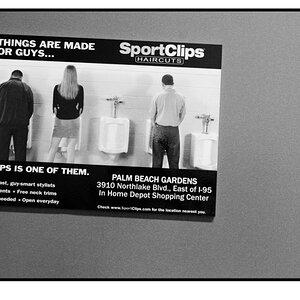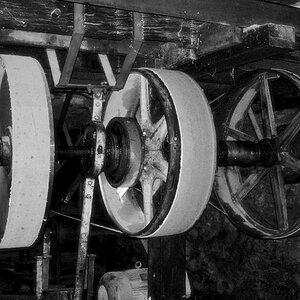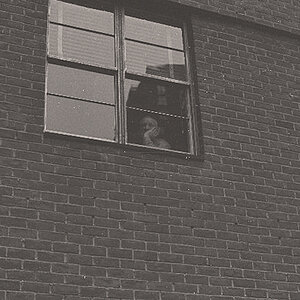I
Iron Flatline
Guest
Found an interesting site...
Not sure who exactly LDP / MaxMax are. I found the link in a thread over at the Leica Forums. They do camera conversions and remove IR filters, or AA filters. Check out their site.
The AA removal/conversion is particularly interesting.
Pasted directly from their site:
Here's a link directly to the AA removal page, with various samples, including two RAW files with and without AA filter.
Not sure who exactly LDP / MaxMax are. I found the link in a thread over at the Leica Forums. They do camera conversions and remove IR filters, or AA filters. Check out their site.
The AA removal/conversion is particularly interesting.
Pasted directly from their site:
Kinda cool, no?[FONT=Arial, Arial, Helvetica][FONT=Arial, Arial, Helvetica]All digital SLR cameras contain a piece of glass called the Anti-Aliasing (AA) or Blur filter to prevent Moiré patterns. If you are not already familiar, Moiré patterns are repeating light and dark bands that can occur when photographing a repeating pattern like a screen door or herringbone shirt with a digital camera. When the pattern spacing approaches the pixel spacing on the sensor, you can get a Moiré pattern which is a digital artifact that occurs when sampling resolution (the CCD or CMOS) approaches the signal frequency (such as the lines of a screen door).
[/FONT]
[FONT=Arial, Arial, Helvetica]To eliminate or reduce Moiré patterns, the camera manufacturers install an AA filter to blur the high frequency information. The AA filters lets the low frequency information through but blocks the high frequency. Thus, although you may own a 10 mega pixel camera, it may only be taking an equivalent of 7 mega pixels of resolution. Any information approaching the resolution of the sensor must be blocked to prevent Moiré, but the cost of this is loss of resolution.[/FONT]
[FONT=Arial, Arial, Helvetica]
[/FONT][FONT=Arial, Arial, Helvetica]Below is an example illustrating the problem. If the bottom grid represents the image sensor pixels and the top represents a repeating pattern with similar spacing, the camera will sometimes see top pattern correctly and sometimes not. To solve this, the manufactures blur the image slightly so that any pixel level detail is lost. For most photographers, they would rather have the sharpest camera possible because they are more often photographing subjects that don't have these possible repeating patterns. Problems that do occur can often be fixed in a program such as Photoshop though sometimes the moiré is a serious problem that can't be fixed. Our experience has been that the AA filter solution to reduce moiré on a stock camera usually sacrifices image quality for all the photographs were moiré is never a problem - which is most of the time.[/FONT]
[/FONT]

Here's a link directly to the AA removal page, with various samples, including two RAW files with and without AA filter.













